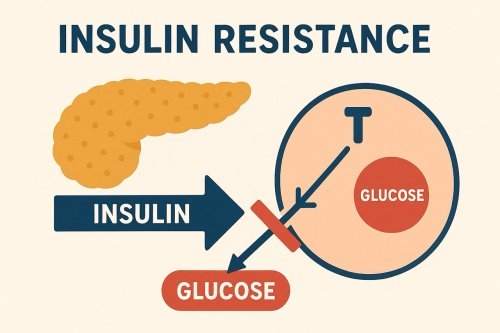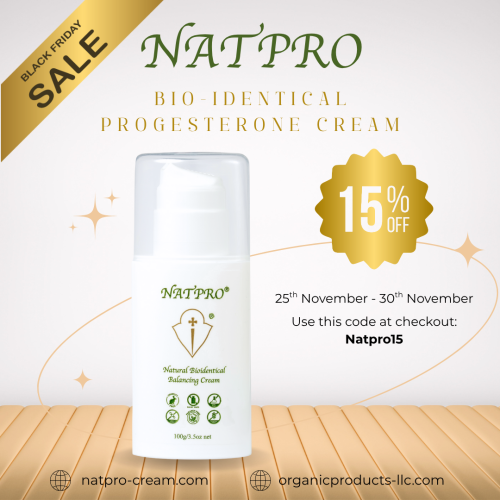Up to 264 mg of progesterone/day and still having symptoms
by Shelli
(IL)
I have somewhat slowly increased my dose of progesterone cream to 264 mg/day every day with no breaks. I just turned 47 and was having fairly regular periods approximately every 25 days. I started using it due to spotting before and after periods and shortened time between them as well as a few other symptoms of perimenopause such as poor sleep and swelling legs. I have written here before and was encouraged to up my dose from the 40 mg prescribed by pharmacist. I'm still having symptoms though and now am having almost non-stop spotting, slight breast tenderness, some breakouts, swelling again in legs at times (this seemed to get better for a short period of time after one increase), and sleep is still poor (waking too early). I don't know what to do next. Do I increase more? Do I need to take a break and see if I have a period? During the last couple months I can't tell what was supposed to be a period and what is spotting. I don't know if some of it was a light period or not. Thanks for any advise.
Shelli
Comments for Up to 264 mg of progesterone/day and still having symptoms
|
||
|
||
|
||
 Feeling tired, foggy, or struggling with stubborn weight gain—especially around the waist? You might be surprised to learn that these symptoms could be linked to insulin resistance, a condition that a…
Feeling tired, foggy, or struggling with stubborn weight gain—especially around the waist? You might be surprised to learn that these symptoms could be linked to insulin resistance, a condition that a… Are you struggling with irregular cycles, unwanted hair growth, or unexplained fatigue? You’re not alone. Polycystic Ovarian Syndrome (PCOS) affects up to 10% of women of reproductive age—and many mor…
Are you struggling with irregular cycles, unwanted hair growth, or unexplained fatigue? You’re not alone. Polycystic Ovarian Syndrome (PCOS) affects up to 10% of women of reproductive age—and many mor… While progesterone is often discussed in relation to reproductive health, emerging research reveals its remarkable role in supporting brain function and protecting against neurological decline. Proges…
While progesterone is often discussed in relation to reproductive health, emerging research reveals its remarkable role in supporting brain function and protecting against neurological decline. Proges… Incase you missed it!
Today is the last day for you to claim 15% off our Natpro 100ml Dispensers. The sale ends at midnight tonight.
How to Claim Your 15% Discount:
•Shop at
Incase you missed it!
Today is the last day for you to claim 15% off our Natpro 100ml Dispensers. The sale ends at midnight tonight.
How to Claim Your 15% Discount:
•Shop at